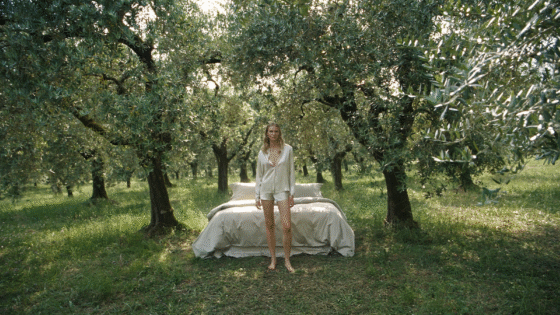To cut through the noise of emerging architecture trends, we hear from architecture firm SB Architect’s President and Principal, Scott Lee, and Senior Vice President and Principal, Bruce Wright…

Last week, we published our close look at surface trends, where it was concluded that strict pre-pandemic industry standards mean that hospitality design is “well-placed to weather the storm” without a major supply-side rethink.
Following this feature, SB Architects, an award-winning international architecture firm focusing on designing soulful and inspiring destinations across hospitality, residential and mixed-use, has stepped up to release what its team believe are the top architecture trends that are emerging in 2021.
“One positive thing to come out of this pandemic is that design and architecture will be more responsive and intuitive to the needs of humanity unlike ever before.” – Scott Lee, President and Principal, SB Architects.
Undoubtably, the Covid-19 pandemic has left an indelible mark across every industry, shifting priorities, and dramatically impacting how the firm – and industry as a whole – approaches design as well as how architecture trends are defined. “2021 will be a year of transformational growth for society – and how we design our world in response to the recent events will create lasting change for years to come,” said Scott Lee, President and Principal, SB Architects. “The architecture community must shift our way of thinking about how society will function moving forward, with a focus on designing spaces for our physical and mental wellbeing. I believe one positive thing to come out of this pandemic is that design and architecture will be more responsive and intuitive to the needs of humanity unlike ever before.”
Experience-driven design
SB Architects sees experience-driven design continuing to thrive in the years ahead. Our lives are filled with experiences that are all fulfilled virtually – from ordering food online to work and school. To make an impact, spaces must be adaptable and designed to enhance our wellbeing and offer a physical experience that elevates the offering from the virtual – a moment of ‘wow’ so to speak. Spaces will be designed to entice occupants to feel energised and experience the natural surroundings of a space to reconnect with nature.
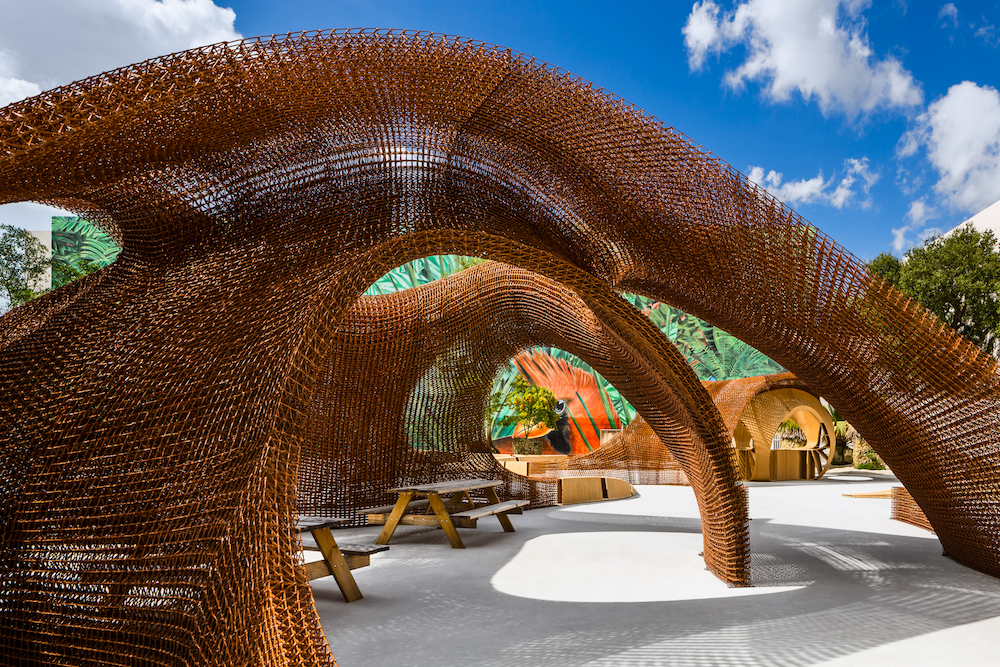
Image credit: Miami Design District by SB Architects
The firm sees this architecture trend extending into the retail space, too. Retail development can no longer just be basic, cookie-cutter boxes in an open space; it needs to be a multi-faceted community and cultural experience. Retailers have and will continue to get creative with strategically curated facades to inspire and arouse curiosity – the idea that retail is entertainment.
Going private in public
People want to feel connected and be able to socialise in a way that feels safe. Guests are going to be socialising outside for the foreseeable future, and the coming year will showcase innovative design solutions that speak to this pressing need. This will lead to a rise in zoned dining in hotel spaces including pavilions and landscape barriers to create safe spaces for eating in public.
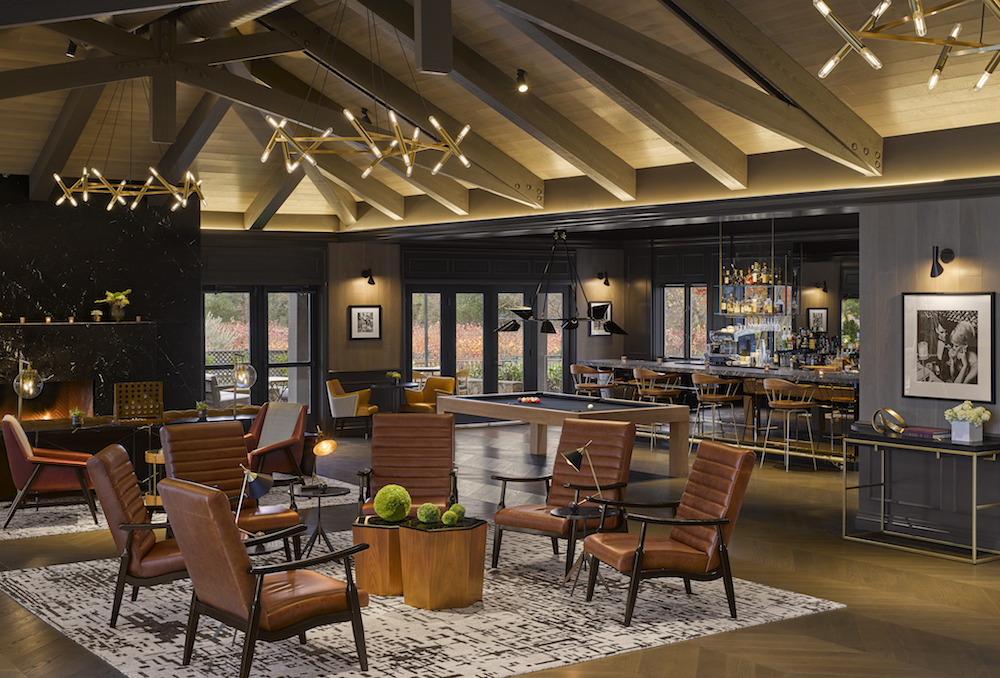
Image credit: SB Architects/Hotel Villagio
A street well-known for restaurants may close on Friday night so that it is walkable with seating outdoors, and food trucks, dining al fresco, and micro-restaurants with takeout windows will likely become more popular. Hyper-personalisation has always been a luxury signifier, but the current climate is pushing for innovation, SB Architects anticipates a rise in interesting private dining options and chef-to-table experiences.
Hybrid hotels: the rise of ‘bleisure’ travel
A trend at the intersection between hospitality and residential is the aparthotel – hotel rooms that function like an apartment, reducing the amount of guest to staff interaction.
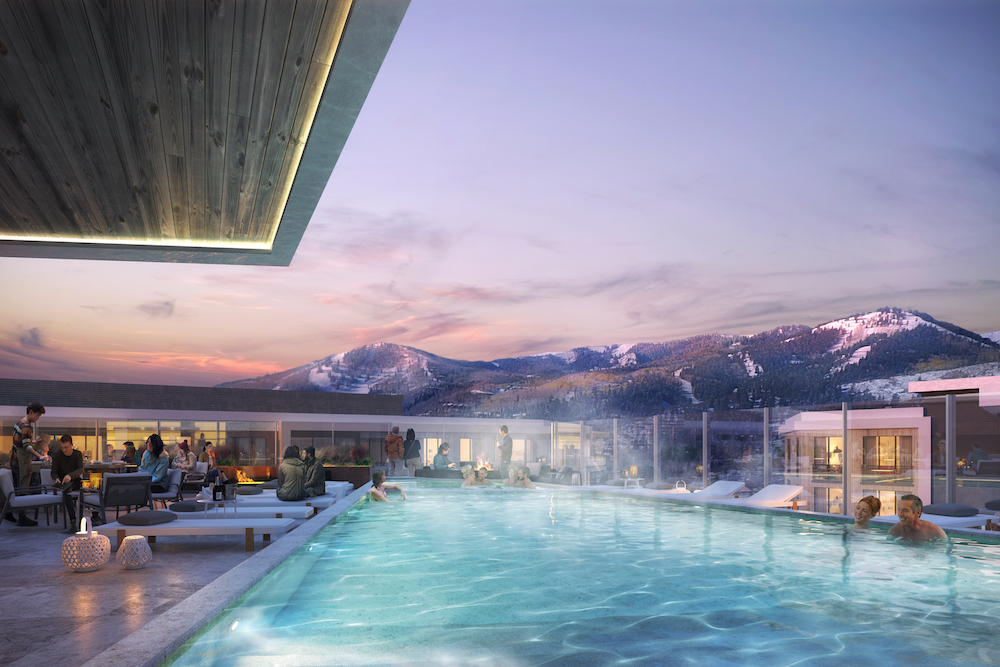
Image credit: SB Archtiects/Pendry Park City Residences
This trend is experiencing a comeback and gaining traction for a number of reasons; the locations are desirable, guests can stay for extended periods of time to experience ‘living like a local’, and a huge majority of the population is working from home, meaning that ‘staycations’ and localised travel, for ‘bleisure’ (business and leisure) are rapidly growing in popularity.
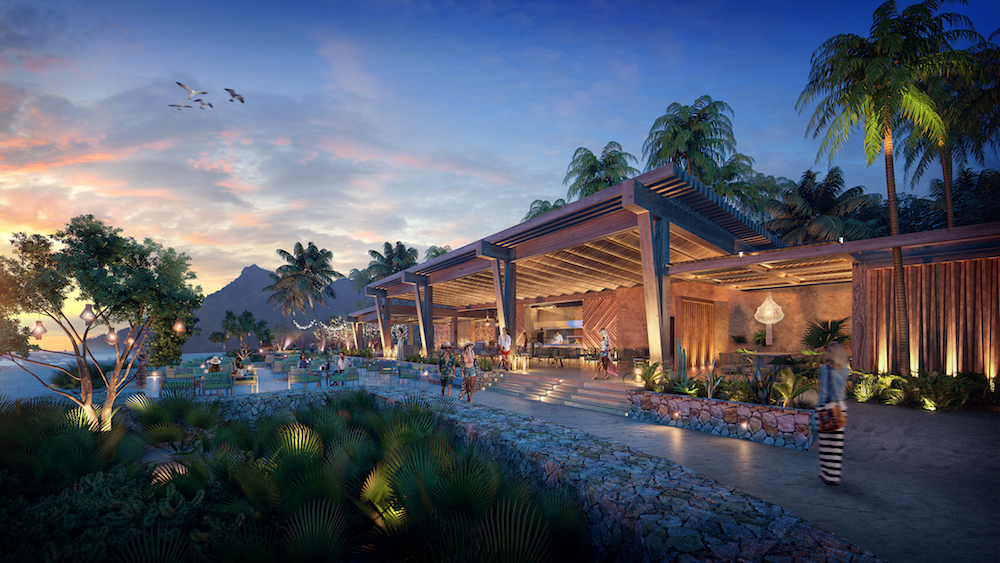
Image caption/credit: Render of Speciality Restaurant | SB Architects/Conrad Hotels & Resorts
In a similar vein, SB Architects anticipates branded private residences will continue to grow in popularity. Buyers will gravitate to luxury hotel brands that they trust from the hospitality space, with residences that offer a suite of unique and boutique offerings the most in-demand with buyers, given the increased focus on customising residential spaces and spending more time at home.
“This focus on intentional wellness translates into adopting more empathetic design.”
Intentional wellness
Human beings have an innate biological affinity to nature. Biophilia, spending time immersed in natural environments, is proven to reduce stress and improve a person’s well-being. In terms of the built environment, the crisis has reinforced the belief in the positive power of nature, placing it front and centre of the hospitality experience through outdoor facilities, natural light, and fresh airflow.
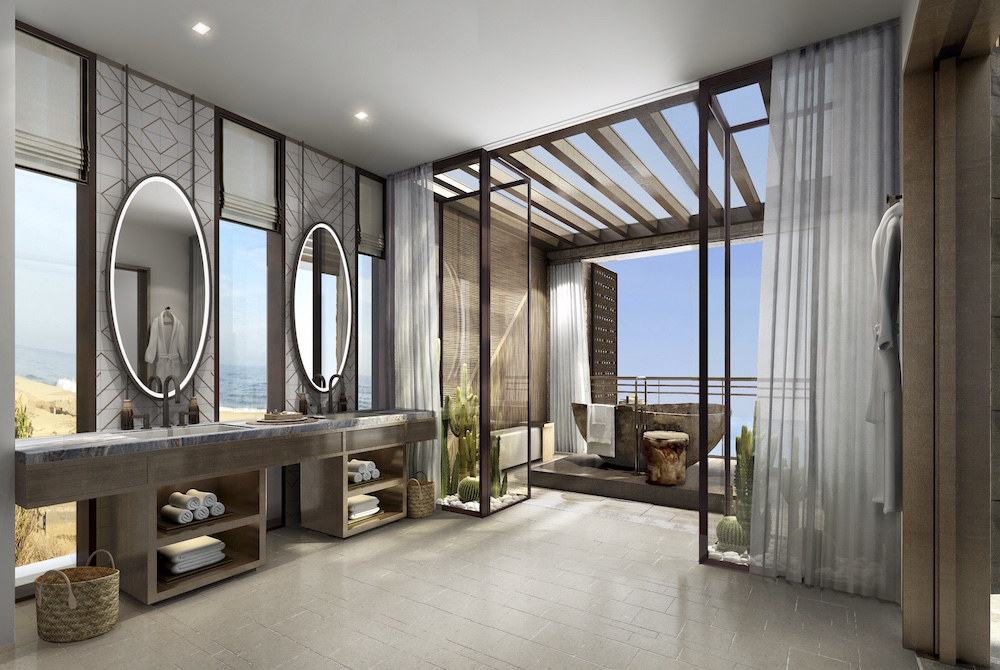
Image credit: HBA San Francisco/SB Architects/St Regis Los Cabos
It also reinforces a broader trend for intimately scaled environments that emphasise privacy and personal space. People are taking a slower and more considerate approach to travel and are looking to bring that same sense of peace and tranquility into their personal space.
Over the next few years, SB Architects anticipates an upsurge of people prioritising exercise and wellness into their homes. This focus on intentional wellness translates into adopting more empathetic design – or design that acts as a conduit of an experience and not an architectural statement.
The science of feeling good
The current global pandemic has instilled a sense of uncertainty and unease, and hotels are going to be relied upon to provide a space to escape, disconnect and retreat in comfort. Today’s traveller is looking to check-in to a hotel and find the same level of comfort, if not more, than they have at home. Most people are now living a relatively ‘smart’ life, using AI daily, with smart assistants managing and automating a lot of day-to-day tasks – from waking them up and turning on the heaters, to ordering their groceries – so, a ‘smart’ hotel room is almost expected.
“Once the pandemic eases, SB Architects predicts a rise in ‘tech-free’ packages to allow guests to detox from being consistently connected.”
Tackling tech-burnout
Technology was already evolving at an incredible rate but has gained momentum and taken on a lightning pace in reaction to the Covid-19 crisis. The global pandemic has proven to be a catalyst for acceleration and change.
Working remotely has created the expectation that one is always available, creating a ‘tech burnout’. Luxury hospitality is defined by choice, and guests want the choice of how they interact with technology during their hotel stay, whether that is being connected, offline, or somewhere in-between. Once the pandemic eases, SB Architects predicts a rise in ‘tech-free’ packages to allow guests to detox from being consistently connected, providing a chance to unplug and enjoy a no-tech experience without smartphones and computers.
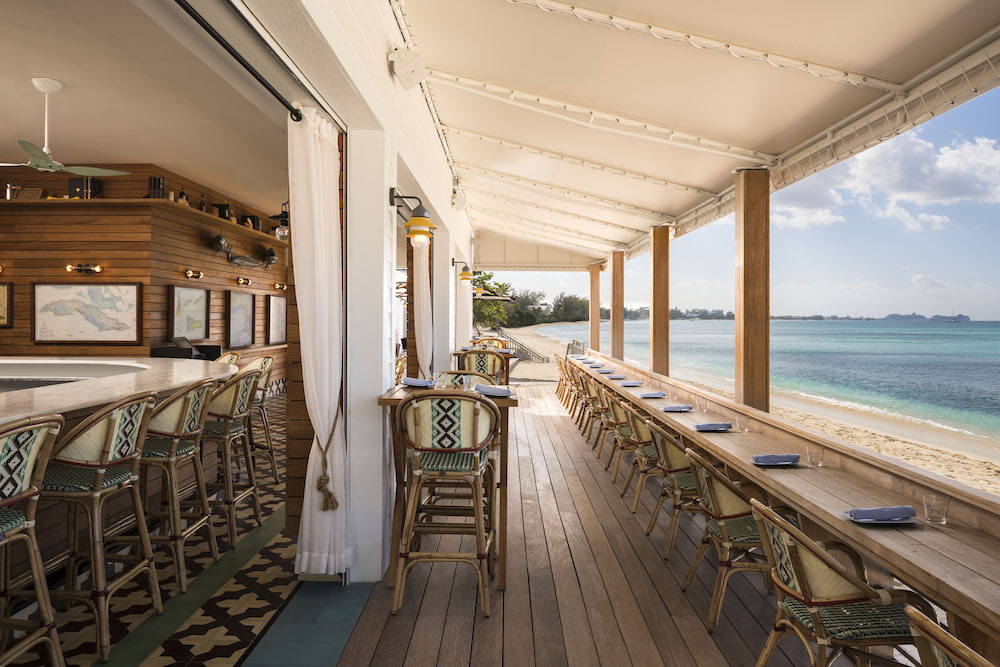
Image credit: Kimpton Hotels/SB Architects
“The past year has given us a clearer focus of the ideal function of shared spaces and how architecture and design must be sensitive to the needs of occupants,” said Bruce Wright, senior vice president and principal of SB Architects. “Simply put, 2020 has underscored the fact that we need our spaces to do more for us – more flexibility in form and function and to inspire creativity and promote wellness. We are looking forward to meeting these new challenges.”
Main image credit: SB Architects/ascaya



